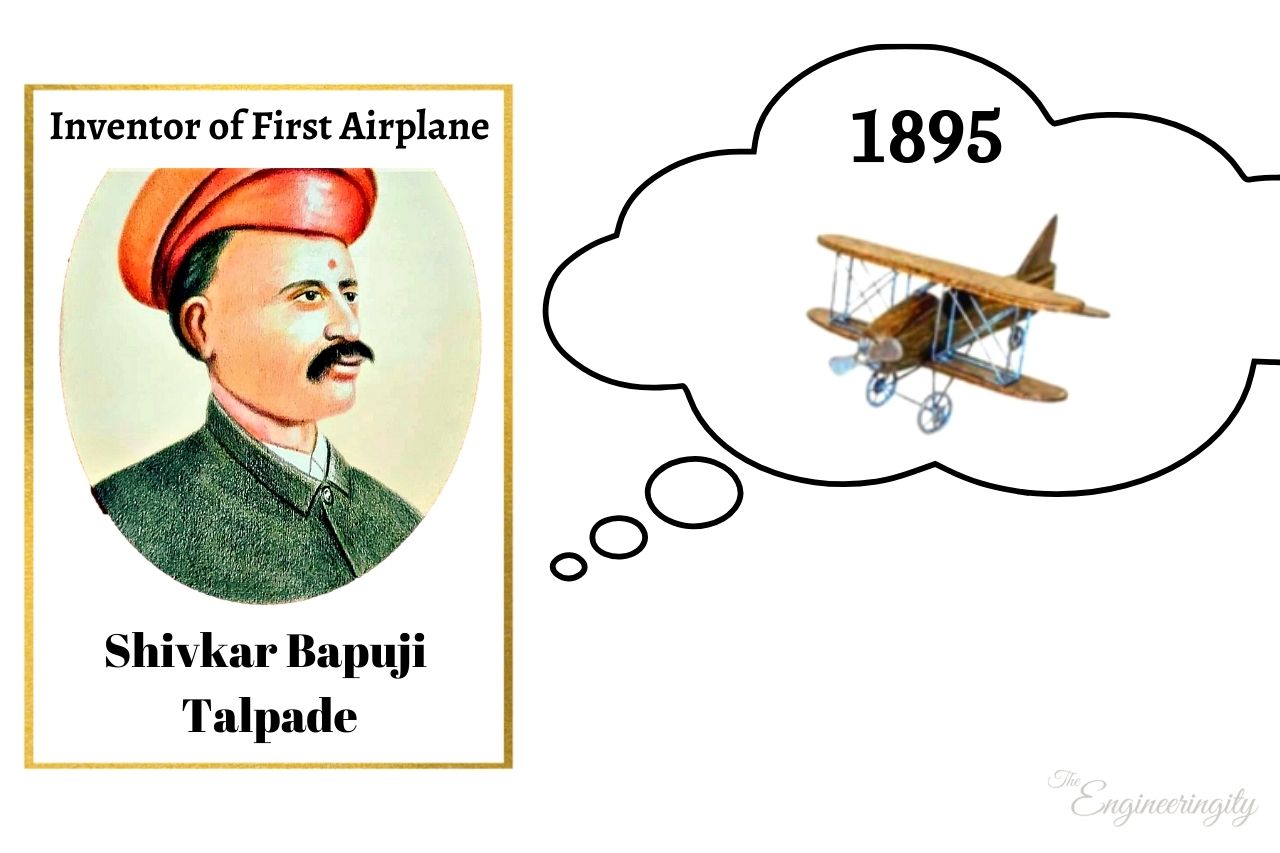The year was 1876, and Nicholas Otto had just invented the first Four-Stroke engine in the world. Gottlieb Daimler and Wilhelm Maybach also worked in Otto’s firm in management positions the two men who had known each other for 10 years were close friends.
After working with Nicholaus Otto on the invention of the Otto engine. Later, Maybach and Daimler aimed to develop an engine, that could run fast, they succeeded in the stationary engine for industrial purposes and became a sales hit.
Gottlieb Daimler and Wilhelm Maybach
Gottlieb Daimler:
Born: 17 March 1834, Scorndorf, Germany
Died: 6 March 1900, Stuttgart, Germany
Invention: High-speed liquid petroleum engine (Reitwagen)
Wilhelm Maybach:
Born: 9 February 1846, Heilbron, Germany
Died: 29 December 1929 Stuttgart, Germany
Invention: world center for car production, motorboat, Grandfather clock engine
History of Gottlieb Daimler
The nostalgia of Schorndorf. A small picture book town in Germany, it is difficult to believe that history was made here on March 17, 1834, the town most inherent was born Gottlieb Daimler, his birthplace where his father ran Bakery and wine items still stand today at the same place.
Daimler junior was captivated by the world of Engineering which shaped his whole life. Starting as a workshop assistant he was hardworking towards his work and a dedicated student, but he was 48 years old before he could devote himself to his dream.
Why did Daimler and Maybach leave Otto's firm?
Maybach's new design also considerably reduce the cost and simplified the manufacturer. However, Maybach and Daimler wanted more they felt that the engine is too slow, too large, and too heavy. These two inventors shared a different version, they wanted to design a fast small light engine that can be installed anywhere.
The engine should motorize everything that has previously been done using animals or steam power in the future. They had a clear vision. So they left Ottos's firm.
What did Daimler and Maybach invent
After leaving Otto’s firm, he converted a greenhouse into a workshop. He started experimenting to his heart's content. He almost possessed a vision of creating a light high-speed Petroleum driven combustion engine.
Daimler finally reached his goal in 1886, his 1.1 HorsePower combustion engine reaching 650 revolutions per minute(rpm) could function consistently without ignition problems.
How was the Grandfather clock engine invented?
Maybach and Daimler soon vision takes on concrete forms together they designed the first fast combustion engine and the first installable engine named Grandfather Clock.
In 1886 the time had come when the first Daimler Motorcoach was ready to try. However, they remain unsuccessful. People until then were frightened of the catering vehicles, the new engine has to prove itself in fire tracks, exteriable balloons only then people will begin to accept the new mode of transport.
How was Daimler's Reitwagen invented?
This Inventive genius was awarded patent number 28022, added by William Maybach he installed the engine in the first-ever test carriage (Reitwagen), and the people of Schorndorf were outraged by the smell and clatter of the carriage but the two visionaries were unstoppable. But Daimler and Maybach installed a combustion engine in a standard carriage.
The motor car was born in it Daimler and Maybach were often seen riding in a prototype, whether it would be a train, ship, or airplane Daimler used his engine in all vehicles.
The car was born
In 1889, the first breakthrough in France the World Exhibition of Paris Willhelm Maybach’s four-wheel steel wheel Wagon was successful. Two French companies purchased a license and only a few years later 500 automobiles were already on the roads in France. However, in Germany, people remain reticent.





















